C64 Game: Jim Slim +8 / Knight’n'Grail 2 Preview / Danger Drive +4D
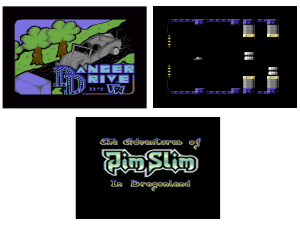 Some new cracked and trained games from your favorites groups Success+The Ruling Company and Laxity.
Some new cracked and trained games from your favorites groups Success+The Ruling Company and Laxity.
Download:
source: noname.c64.org/csdb
 Some new cracked and trained games from your favorites groups Success+The Ruling Company and Laxity.
Some new cracked and trained games from your favorites groups Success+The Ruling Company and Laxity.
Download:
source: noname.c64.org/csdb
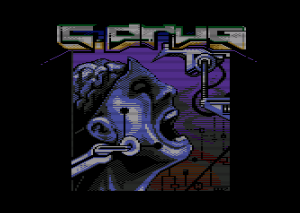 This is the winner demo of the SillyVenturE Party 2011 for Atari XL/XE by Agenda / Mad Team / LaResistance.
This is the winner demo of the SillyVenturE Party 2011 for Atari XL/XE by Agenda / Mad Team / LaResistance.
The demo requires at least 64kB of extended memory.
Download: C - Drug (889)
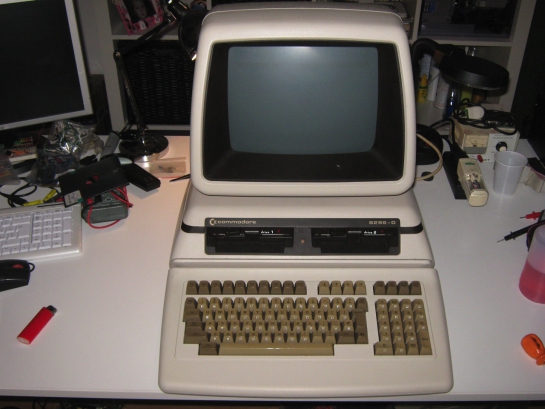
Autopsy:
from Wikipedia:
The Commodore PET (Personal Electronic Transactor) was a home/personal computer produced from 1977 by Commodore International. A top-seller in the Canadian and United States educational markets, it was Commodore’s first full-featured computer, and formed the basis for their entire 8-bit product line.
The PET 2001 was announced at the Winter CES in January 1977 and the first 100 units were shipped later that year in October. However, the PET was back-ordered for months and to ease deliveries, early in 1978 Commodore decided to cancel the 4 kB version.
Although the machine was fairly successful, there were frequent complaints about the tiny calculator-like keyboard, often referred to as a “chiclet keyboard” because the keys resembled the gum candy. This was addressed in upgraded “dash N” and “dash B” versions of the 2001, which put the cassette tape recorder outside the case, and included a much larger keyboard with a full stroke motion. Internally a newer motherboard was used, along with an upgrade from static RAM to dynamic RAM and 8, 16, or 32 KB, known as the 2001-N-8, 2001-N-16 or 2001-N-32, respectively.
Sales of the newer machines were strong, and Commodore then introduced the models to Europe. The result was the CBM 3000 series (‘CBM’ standing for Commodore Business Machines), which included the 3008, 3016 and 3032 models. Like the 2001-N-8, the 3008 was quickly dropped.
The final version of what could be thought of as the “classic” PET was the PET 4000 series. This was essentially the later model 2000 series, but with a larger black-and-green monitor and a newer version of Commodore’s BASIC programming language.
Commodore tried to update the PET line with a new redesign called the CBM-II series (also known as the B series). These were not as successful and were ultimately abandoned. However, due to demand, the original PET machines were revived and the CBM-II case style was retained. These were known as the SK’s (due to the separated keyboard). They also had a swivel monitor. Originally, standard 8032 boards were retrofitted into these cases. Later the SK models got a new mainboard that already included the 64 kB extension directly on the board and were sold as 8296 or, with a built-in 8250 dual disk drive, as 8296-D.
source: wikipedia
 The first RGCD C64 16KB cartridge game development competition concluded on the 30th of November at midnight with 11 new games for the C64.
The first RGCD C64 16KB cartridge game development competition concluded on the 30th of November at midnight with 11 new games for the C64.
List of the games released:
Download: RGCD C64 Cartridge Full pack (877)
source: rgcd.co.uk
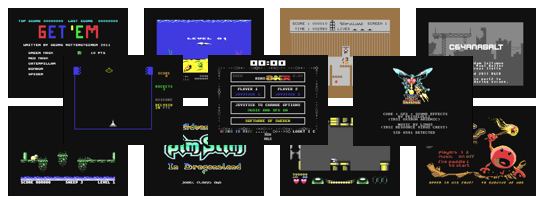 We are happy to share some new stuff for Commodore 64.
We are happy to share some new stuff for Commodore 64.
In these days some new cracked and trained games are released for C64 from your favorites groups
Download:
source: noname.c64.org/csdb
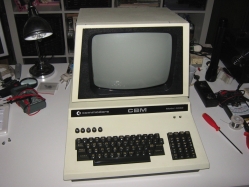
Autopsy:
from Wikipedia:
The Commodore PET (Personal Electronic Transactor) was a home/personal computer produced from 1977 by Commodore International. A top-seller in the Canadian and United States educational markets, it was Commodore’s first full-featured computer, and formed the basis for their entire 8-bit product line.
The PET 2001 was announced at the Winter CES in January 1977 and the first 100 units were shipped later that year in October. However, the PET was back-ordered for months and to ease deliveries, early in 1978 Commodore decided to cancel the 4 kB version.
Although the machine was fairly successful, there were frequent complaints about the tiny calculator-like keyboard, often referred to as a “chiclet keyboard” because the keys resembled the gum candy. This was addressed in upgraded “dash N” and “dash B” versions of the 2001, which put the cassette tape recorder outside the case, and included a much larger keyboard with a full stroke motion. Internally a newer motherboard was used, along with an upgrade from static RAM to dynamic RAM and 8, 16, or 32 KB, known as the 2001-N-8, 2001-N-16 or 2001-N-32, respectively.
Sales of the newer machines were strong, and Commodore then introduced the models to Europe. The result was the CBM 3000 series (‘CBM’ standing for Commodore Business Machines), which included the 3008, 3016 and 3032 models. Like the 2001-N-8, the 3008 was quickly dropped.
The final version of what could be thought of as the “classic” PET was the PET 4000 series. This was essentially the later model 2000 series, but with a larger black-and-green monitor and a newer version of Commodore’s BASIC programming language.
source: wikipedia
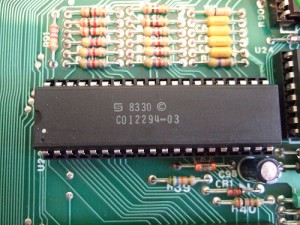 ASAP is a player of 8-bit Atari music for modern computers and mobile devices. It emulates the POKEY sound chip and the 6502 processor.
ASAP is a player of 8-bit Atari music for modern computers and mobile devices. It emulates the POKEY sound chip and the 6502 processor.
The project was initially based on the routines from the Atari800 emulator, but the current version has a completely new original emulation core.
Changelog ASAP 3.1.1 (2011-10-26):
source: asap.sourceforge.net
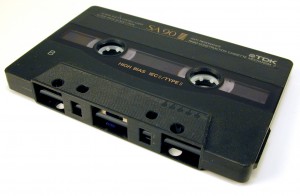 This new project based on a ZoomFloppy device makes it possible to read and write cassettes with a Commodore Datassette and a PC via USB.
This new project based on a ZoomFloppy device makes it possible to read and write cassettes with a Commodore Datassette and a PC via USB.
Specifications:
source: zoomtape.de.vu
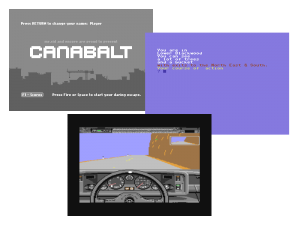 Some new cracked and trained games from your favorites groups Dinasours, Mr.SID and Nostalgia.
Some new cracked and trained games from your favorites groups Dinasours, Mr.SID and Nostalgia.
Download:
source: noname.c64.org/csdb
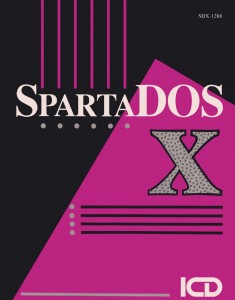 SpartaDOS X (or SpartaDOS 4.0) is a disk operating system for the Atari 8-bit family of computers, that closely resembles MS-DOS. It was developed and sold by ICD, Inc. in 1987-93.
SpartaDOS X (or SpartaDOS 4.0) is a disk operating system for the Atari 8-bit family of computers, that closely resembles MS-DOS. It was developed and sold by ICD, Inc. in 1987-93.
Ten years later SpartaDOS X considered abandonware has been picked up by its enthusiasts, and developed further. These unofficial revisions, incorporating many of the utilities written since 1992, cleaning many identified problems and including numerous improvements, are:
The new SpartaDOS X 4.45 runs on the following hardware platforms:
SDX Toolkit:
SDX images for SIDE:
Dowload: SpartaDOS X v4.45 (940)
source: sdx.atari8.info wikipedia
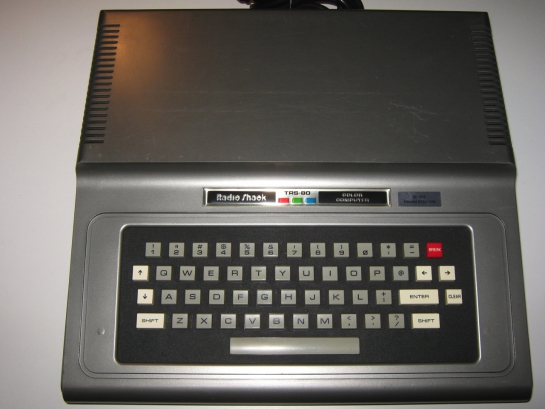
Autopsy:
from Wikipedia:
The Radio Shack TRS-80 Color Computer (also marketed as the Tandy Color Computer and affectionately nicknamed CoCo) was a home computer launched in 1980.
It was one of the earliest of the first generation of computers marketed for home use in English-speaking markets. While the model was eventually eclipsed by the onset of the IBM PC clones, enthusiasts have continued to affectionately tinker with the “CoCo” to the present day.
The Tandy Color Computer line started in 1980 with what is now called the CoCo1 and ended in 1991 with the more powerful yet similar CoCo 3. It was one of the more powerful 8 bit computers of its day. All three CoCo models maintained a very high level of software and hardware compatibility, with few programs written for the older model not running on the newer.
The converse cannot be claimed, obviously, due to the greater capabilities of the newer CoCo models. The death knell of the CoCo was the advent of lower cost IBM PC clones, the same event that spelled the end of other models competing in the home computer market.
source: wikipedia
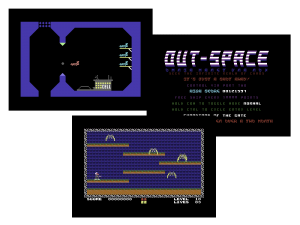 Some new cracked and trained games from your favorites groups Dinasours, Triad and Onslaught.
Some new cracked and trained games from your favorites groups Dinasours, Triad and Onslaught.
Download:
source: noname.c64.org/csdb
Today a friend has donated to me some nice things. Thanks Igor.
Things that have been donated:
About the Amiga:
The A1200 offers a number of advantages over earlier budget Amiga models. Specifically, it is a 32-bit design, the 68EC020 microprocessor is faster than the 68000 and has 2 MB of RAM as standard.
The AGA chipset used in the A1200 is a significant improvement. AGA increases the color palette from 4096 colors to 16.8 million colors with up to 256 on-screen colors and an improved HAM mode allowing 262,144 on-screen colors. The graphics hardware also features improved sprite capacity and faster graphics performance. Additionally, compared to the A600 the A1200 was considered to offer greater expansion possibilities.
About the Blizzard 1260:
The Phase5 Blizzard 1260 is an accelerator which plugs into the trapdoor slot of the A1200. An optional SCSI-II controller is also available for this board. Includes a battery backed up clock. The card was also manufactured by DCE when Phase 5 went bust.
source: wikipedia amiga-hardware
Sorry, this entry is only available in Italian.
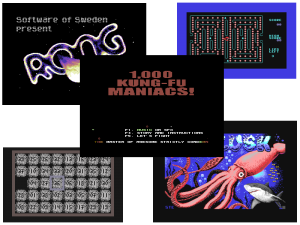 We are happy to share some new stuff for Commodore 64.
We are happy to share some new stuff for Commodore 64.
Slide is a new game by The Mad Scientist. Afterwards there are some Crack and Trainer by Dinasours, Moanteam, Genesis Project, Laxity.
source: noname.c64.org/csdb
Recent Comments